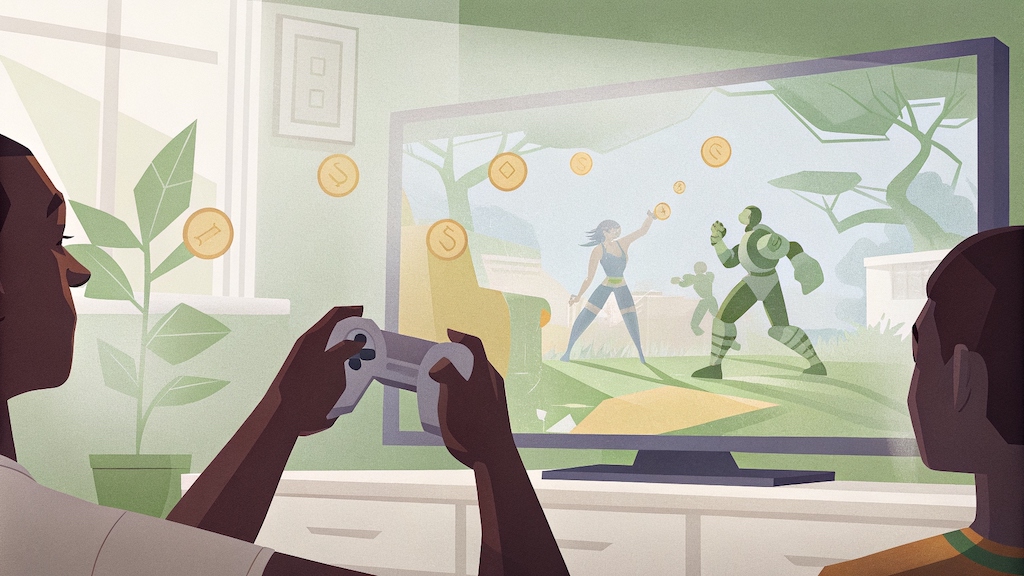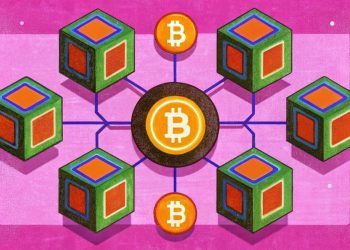
How Blockchain, NFTs, and Gaming Are Shaping the Future of Digital Entertainment
In 2025, the intersection of NFTs (Non-Fungible Tokens) and gaming has become the most compelling narrative in the crypto world. What began as a speculative trend has matured into a robust ecosystem, transforming how players interact with digital assets, game developers design experiences, and investors view the future of entertainment. This year, NFT-powered games and blockchain-based virtual worlds are not only revitalizing the NFT market but also redefining the very fabric of online gaming.
Why NFT Gaming Is Booming in 2025
Several factors have propelled NFT gaming to the forefront of the crypto conversation:
- True Digital Ownership: Players now own in-game assets—characters, weapons, skins, land—as NFTs, giving them the freedom to trade, sell, or use these items across multiple games and platforms.
- Play-to-Earn and Play-to-Own Models: Earning real-world value through gameplay has democratized access to digital economies, allowing players to monetize their skills and time.
- Interoperability: Advances in blockchain standards and cross-chain technology enable seamless asset transfers between games, creating interconnected virtual ecosystems.
- Community-Driven Development: Decentralized governance and user-generated content empower players to shape game worlds and economies.
- Mainstream Adoption: Major gaming studios, celebrities, and institutional investors are entering the space, bringing credibility and resources to NFT gaming.
Key Trends Defining NFT Gaming in 2025
1. Interoperability: The New Standard
One of the most transformative trends is interoperability. Players can now use NFT assets—such as a rare sword or avatar—across different games and platforms. This is made possible by blockchain standards like ERC-721, ERC-1155, and the emerging ERC-6551, which ensure that NFTs are unique, secure, and transferable. Smart contracts facilitate seamless asset transfers, while cross-platform integration allows for a unified gaming experience. Developers are increasingly collaborating to create shared universes, where assets and achievements carry real value beyond a single title.
2. AI-Driven Dynamic NFTs
Artificial intelligence is revolutionizing NFT gaming by enabling dynamic, evolving assets. AI-powered NFTs can adapt based on player behavior, unlocking new abilities, appearances, or storylines. This personalization enhances engagement and makes each gaming journey unique. AI-driven NPCs (non-player characters) now exhibit more natural, responsive behavior, creating richer, more immersive worlds.
3. Metaverse Integration
NFT games are now deeply embedded within the metaverse, blurring the lines between gaming, social interaction, and commerce. Players can own virtual land, host events, and build businesses within persistent digital worlds. Platforms like Decentraland, The Sandbox, and others are leading the charge, offering seamless transitions between games and metaverse experiences. Virtual real estate tied to NFT ecosystems is becoming a major investment vehicle, and user-generated content is driving creativity and community engagement.
4. Sustainable Economic Models
The unsustainable tokenomics of early play-to-earn games have given way to more balanced, long-term models. Dual-token systems, deflationary mechanics, and player-led economies are now the norm. The focus has shifted from speculative earning to enjoyable, sustainable gameplay, with hybrid models like Play-and-Earn and Play-to-Own gaining traction. These models prioritize entertainment and community participation while still offering financial incentives.
5. Fractional Ownership and Accessibility
High-value in-game assets are now accessible to a broader audience through fractional NFT ownership. Players can invest in a portion of expensive items, democratizing access and increasing liquidity in the NFT market. This trend is opening up new opportunities for both casual gamers and serious investors.
6. Enhanced Security and Anti-Fraud Measures
With the proliferation of NFT games, security has become paramount. Decentralized identity solutions, multi-signature wallets, and advanced anti-fraud algorithms are being implemented to protect players and their assets. Blockchain’s transparency and immutability provide a strong foundation for secure transactions and verifiable ownership.
The Most Popular NFT Games of 2025
Several NFT-powered games have captured the imagination of players worldwide:
- Illuvium: Overworld Ascended – A visually stunning RPG with deep asset ownership and player-driven economies.
- Big Time: Temporal Wars – Combines time-travel mechanics with NFT-based rewards and collectibles.
- Guild of Guardians: Eternal Rise – Focuses on cooperative gameplay and community governance.
- Star Atlas: Frontier – A space exploration game with NFT starships and intergalactic trading.
- Ember Sword – A social MMORPG featuring land ownership and player-driven economies.
- MetalCore – A sci-fi mech battler blending action, NFTs, and strategy.
- Decimated – An open-world survival game with NFT-based character progression.
These titles exemplify the shift toward AAA-quality visuals, compelling narratives, and meaningful blockchain integration.
How NFT Gaming Is Redefining Game Economies
NFTs have disrupted the traditional gaming economy by giving players direct ownership and resale rights. In-game purchases are no longer sunk costs; they are investments that can appreciate in value or be traded on secondary markets. This has transformed gaming from a pastime into a potential source of income and investment.
Empowering Players and Developers
Decentralized Autonomous Organizations (DAOs) are enabling player-driven governance, allowing communities to vote on game updates, economic changes, and even narrative direction. This collaborative approach fosters deeper engagement and innovation, as players become co-creators rather than passive consumers.
Attracting Institutional and Celebrity Investment
Venture capital firms, celebrities, and major corporations are pouring resources into NFT gaming. As regulations become clearer and the technology matures, institutional adoption is legitimizing the industry and driving further growth.
Challenges Facing NFT Gaming in 2025
Despite its rapid growth, NFT gaming faces several hurdles:
- Scalability and Transaction Fees: While Layer 2 solutions like Polygon and Optimism have reduced costs, some networks still struggle with congestion and high fees.
- Regulatory Uncertainty: Governments worldwide are introducing new laws around digital assets, impacting the NFT space.
- Security Risks: Scams, rug pulls, and hacking attempts remain prevalent, necessitating robust security protocols.
- User Adoption Barriers: Many traditional gamers remain hesitant due to technical complexities and market volatility.
The Future of NFT Gaming: What’s Next?
The convergence of NFTs, gaming, and the metaverse is just beginning. As technology advances, expect to see:
- Greater Cross-Chain Compatibility: Players will move assets seamlessly between blockchains, increasing liquidity and accessibility.
- Deeper Metaverse Integration: Virtual worlds will become more immersive, with real-world economic opportunities and social experiences.
- AI-Enhanced Gameplay: Personalized, adaptive experiences will become the norm, driven by AI-powered NFTs and NPCs.
- Sustainable, Player-Centric Economies: Hybrid models will balance entertainment, community, and financial incentives for long-term viability.
Why NFT Gaming Is the Top Crypto Narrative of 2025
NFT and gaming crossovers have emerged as the defining story of the crypto world in 2025 because they offer real utility, community empowerment, and sustainable growth. By combining the best of blockchain technology, digital ownership, and interactive entertainment, NFT gaming is not only revitalizing the NFT market but also setting the stage for the next generation of online experiences.
As the boundaries between games, economies, and social platforms continue to blur, NFT gaming stands at the forefront of a digital revolution—one where players, creators, and investors all have a stake in the future of fun.

















